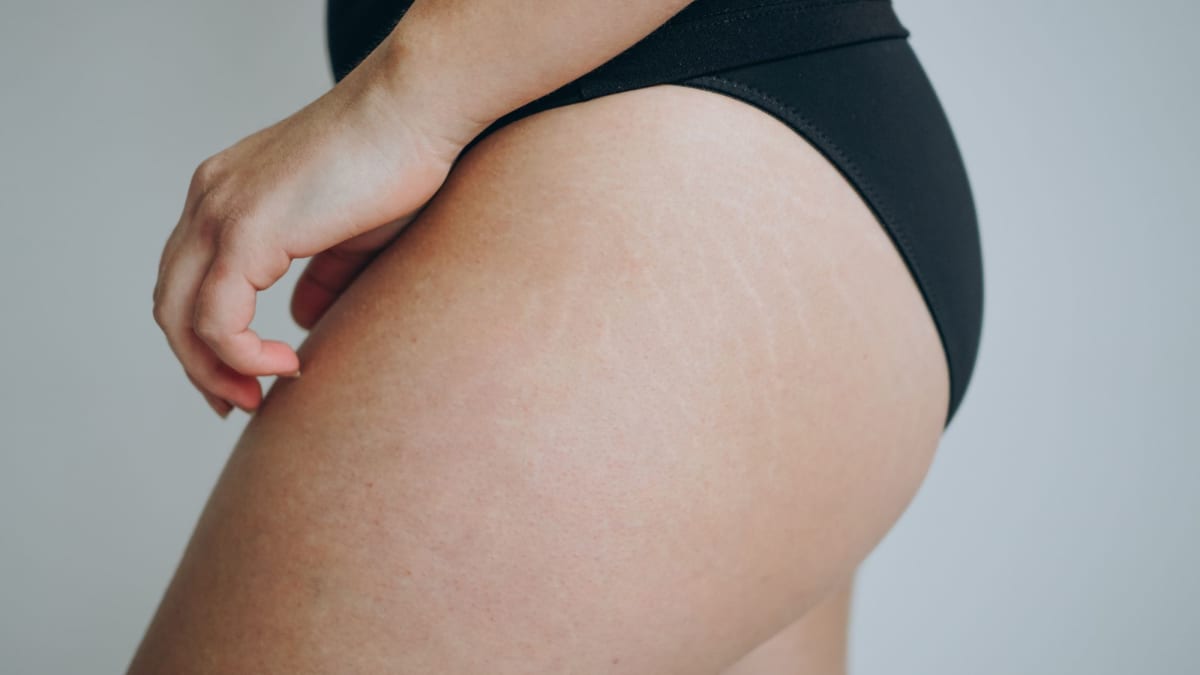How to Identify Keratosis Pilaris on Butt: A Beautician's Guide
As a beautician, understanding the nuances of various skin conditions is crucial for providing excellent care and advice to your clients. One such condition that may go unnoticed or misdiagnosed is keratosis pilaris, a common skin disorder that often affects the upper arms, thighs, and notably, the buttocks. But how to identify keratosis pilaris on butt? In this comprehensive guide, we will delve into the characteristics, symptoms, and identification techniques that will help you confidently recognize this condition in your clients.

Understanding Keratosis Pilaris
Keratosis pilaris is a harmless skin condition that results in rough, small bumps on the skin. These bumps are often likened to goosebumps or the skin of a plucked chicken. They occur due to the buildup of keratin, which can block hair follicles, leading to the characteristic bumps. This condition is not limited to any particular age group, although it is more common in children and adolescents. For more detailed dermatological insights, you can visit the CeraVe Skin Smarts page.
Symptoms and Signs of KP on the Buttocks
When it comes to identifying keratosis pilaris on the buttocks, there are specific signs to look out for. These include:
1. Texture and Appearance
The primary feature of keratosis pilaris is the presence of tiny, rough bumps. These bumps are typically skin-colored but can also appear red or brown, depending on skin tone. The texture is often described as resembling sandpaper.
2. Location and Spread
While the bumps mainly appear on the upper arms and thighs, they can also be found on the buttocks. They may appear in small patches or spread over a larger area.
3. Sensation
Though generally not itchy or painful, some individuals may experience mild irritation, particularly if the skin becomes dry. Regular moisturizing can help alleviate this symptom.
Causes and Contributing Factors
While the exact cause of keratosis pilaris is unknown, several factors may contribute to its development. These include genetic predisposition, dry skin, and certain environmental conditions. Understanding these factors can help beauticians provide better advice to clients on prevention and management. For more insights into the causes, you can explore Keratosis Pilaris Buttocks Causes.
Diagnosis and Treatment Options
As a beautician, you play a vital role in the initial identification process. While you cannot diagnose the condition, you can advise your clients to consult a dermatologist for a formal diagnosis. Once diagnosed, several treatment options can help manage the symptoms of keratosis pilaris. These include:
1. Exfoliation
Gentle exfoliation can help remove dead skin cells and prevent keratin buildup. Recommend products that contain alpha-hydroxy acids or beta-hydroxy acids for effective exfoliation.
2. Moisturizing
Regular use of moisturizing creams can help soothe dry skin and reduce the rough texture associated with keratosis pilaris. Look for products containing urea or lactic acid for added hydration.
3. Professional Treatments
In some cases, professional treatments such as laser therapy or chemical peels may be recommended by dermatologists. These treatments can help improve skin texture and appearance over time.
For more detailed treatment options, consider reading about Keratosis Pilaris Buttocks Treatment.
Conclusion
Understanding how to identify keratosis pilaris on butt is an invaluable skill for any beautician. Recognizing the signs and symptoms not only enhances your expertise but also allows you to guide clients towards appropriate care and management options. By staying informed and up-to-date on the latest skincare treatments, you can ensure that your clients receive the best advice and support possible. For more information on keratosis pilaris, visit the Mayo Clinic.

FAQs
1. Can keratosis pilaris be cured?
Keratopsis pilaris is a chronic condition, but its symptoms can be effectively managed with proper skincare and treatment.
2. Is keratosis pilaris contagious?
No, keratosis pilaris is not contagious. It is a genetic condition that cannot be spread from person to person.
3. What triggers keratosis pilaris?
Triggers can include dry skin, cold weather, and a lack of moisture. Genetics also plays a significant role in the development of the condition.

